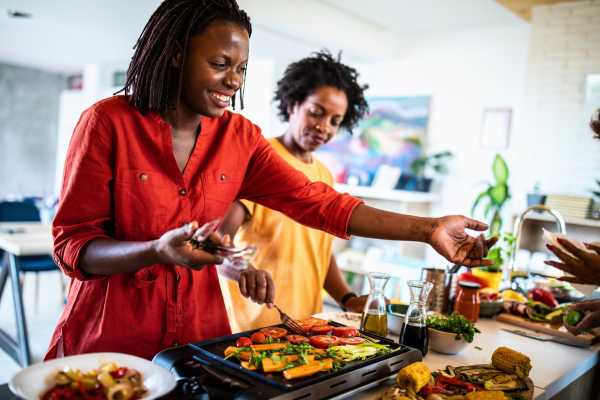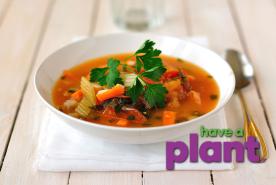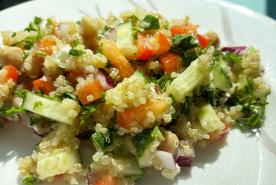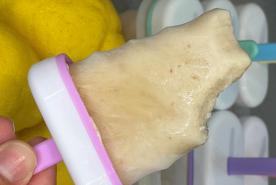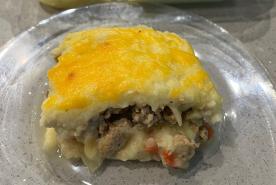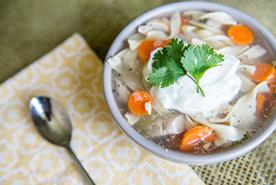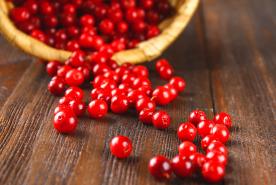September 16, 2024
Discover the vast and varied world of Caribbean cuisine. We'll explore the history behind five delicious dishes and see how they're more than just food—they're a way to keep culture alive. Want to know where these dishes come from and how you can make them at home? Keep reading to learn more and find recipes designed for people with kidney disease.
A Brief History of the Caribbean
The Caribbean is a region in the Caribbean Sea with three main parts:
- The Greater Antilles: Cuba, Jamaica, Hispaniola (Haiti and the Dominican Republic), and Puerto Rico.
- The Lesser Antilles: The Leeward Islands (like Antigua and Barbuda) and the Windward Islands (like Grenada and Saint Lucia).
- The Bahamas and Turks and Caicos Islands: Northeast of Cuba.
Many Indigenous peoples thrived in the Caribbean over the centuries, including the Arawak, Ciboney, Caribs. In the 15th century, the main people living in the Caribbean were Taíno, who spoke Arawakan.
Towards the end of the 15th century, the Spanish, Portuguese, English, Dutch, and French began to colonize the islands. The resulting war, enslavement, and introduction of new diseases led to the near destruction of the Taíno people. Despite this, Taíno people and culture survive to this day.
The colonizing countries then enslaved West Africans, bringing them to the Caribbean to work on plantations. But the enslaved continued to fight back. Slavery was abolished in Haiti in 1804 after The Haitian Revolution but it took another eighty-two years before all islands abolished slavery.
However, labor conditions remained poor, and freed people refused to work under them. Instead of improving conditions, plantation owners brought in indentured workers from the East Indies, Portugal, and China. These workers faced the same harsh treatment until the system was abolished in the 1920s.
The struggle for independence continued through the 1960s and beyond, with many Caribbean islands gaining autonomy. While the impacts of colonialism can still be felt, the people of the Caribbean have preserved their rich cultures–one powerful way is through food.
Food as Resistance
Caribbean dishes, influenced by Indigenous, African, Asian, and Chinese flavors, are an important part of the region's culture and history. Food, cooking techniques, and recipes help keep traditions alive and unite people. It helped the Taíno people and those brought to the Caribbean maintain their heritage and assert their identity in the face of colonial pressures
Today, we can celebrate this resilience by learning the history of these dishes, making them, and sharing them with others.
Try 5 Caribbean Recipes
The Caribbean has some of the highest rates of mortality due to cardiovascular diseases like high blood pressure.1 While some Caribbean foods are high in salt, which can lead to or exacerbate high blood pressure, that doesn’t mean you can’t enjoy classic Caribbean cuisine. NKF worked with chefs to create lower-sodium Caribbean recipes that are more appropriate for people with kidney disease and just as delicious.
1. Sorrel (Hibiscus) Tea
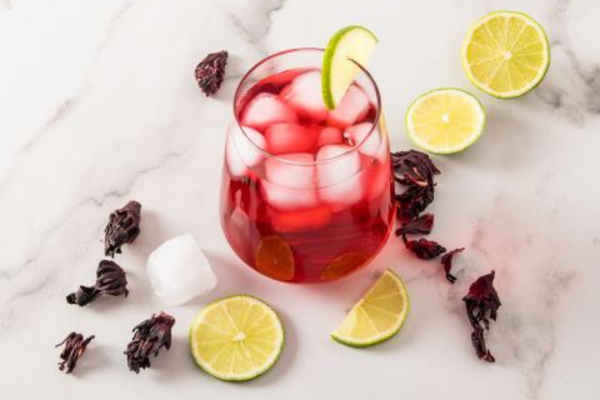
Enslaved Africans maintained their culture in the Caribbean by practicing it and passing it on to others. This included knowledge of the sorrel or hibiscus flower. This flower could be brewed and transformed into a delicious medicinal tea still beloved today.
Serving size: 1 cup
Ingredients
- 2 cups of dried sorrel (hibiscus) flowers
- One cinnamon stick
- 3-4 slices of fresh ginger
- 4 cups of water
- ¼ cup honey or alternative sweetener (adjust to taste)
- 1 tbsp lime juice (optional)
- Ice cubes (for serving)
Directions
- Rinse the dried sorrel flowers in cold water to remove dust or impurities.
- Add rinsed sorrel flowers, cinnamon sticks, and ginger slices to boil the water.
- Reduce the heat to medium and let simmer for 10-15 minutes.
- Remove the pot from the heat and let it steep for 30 minutes to an hour.
- Strain the mixture to remove the sorrel flowers, ginger slices, and cinnamon stick.
- Stir the honey while the tea is still warm.
- Add lime juice if desired.
- Let the tea cool to room temperature. Serve over ice for a refreshing beverage.
2. Chayote Salad
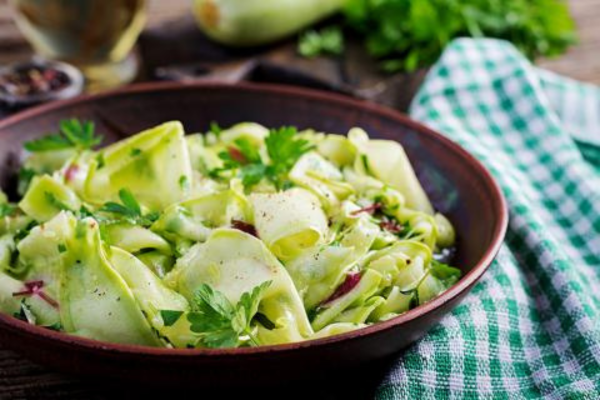
Chayote is a type of squash that can be eaten raw or cooked. It's a versatile vegetable used in many dishes across the Caribbean islands. This easy-to-make and delicious salad utilizes raw, slightly sweet, crunchy chayote.
Serving size: ½ cup
Ingredients
- One chayote, peeled, cored, and julienned
- One small cucumber peeled, deseeded, and julienned
- ¼ cup red cabbage, thinly sliced
- ¼ cup white onion, thinly sliced
- 1 tbsp olive oil
- 1 tbsp white vinegar or apple cider vinegar
- 1 tsp dried oregano or fresh chopped parsley (for flavor and color)
- Fresh ground black pepper (to taste)
Directions
- Combine the julienned chayote, cucumber, thinly sliced red cabbage, and white onion in a large bowl.
- Whisk together olive oil, vinegar, oregano or parsley, and black pepper to make a simple vinaigrette in a separate small bowl.
- Pour the vinaigrette over the chayote mixture and toss well to coat the vegetables evenly.
- Refrigerate the salad for at least 30 minutes.
- Serve chilled.
3. Arroz con pollo
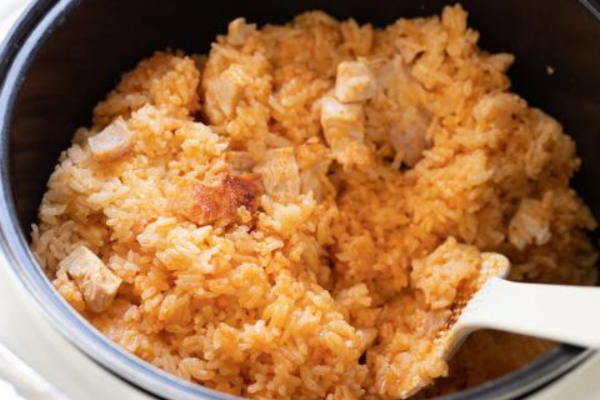
"Chicken with rice" is a staple comfort dish adapted and eaten across the islands. This recipe features low-potassium rice in a savory, low-sodium broth.
Serving size: 1 cup
Ingredients
- Two boneless, skinless chicken breasts cut into bite-sized pieces
- 1 cup white rice (rinsed thoroughly to remove excess potassium)
- 2 cups low-sodium chicken broth
- One small onion, diced
- One small bell pepper (green or red), diced
- Two cloves garlic, minced
- 1 tbsp olive oil
- 1 tsp turmeric (for color, as a substitute for saffron)
- ½ tsp ground black pepper
- ¼ tsp chili powder (adjust to taste)
- Fresh parsley, chopped (for garnish, optional)
Directions
- Heat the olive oil over medium heat in a large skillet or pot. Add the chicken pieces and cook until they start to brown.
- Add the diced onion, bell pepper, and minced garlic. Sauté until the onions.
- Stir in the rice, ensuring it's well-coated with the oil and can toast slightly.
- Pour the low-sodium chicken broth and stir in the turmeric, black pepper, and chili powder.
- Bring the mixture to a boil, then reduce the heat to low, cover, and let simmer for about 20-25 minutes or until the rice is cooked and has absorbed the liquid.
- Garnish with fresh parsley before serving, if desired.
4. Jerk Chicken with Rice and Peas
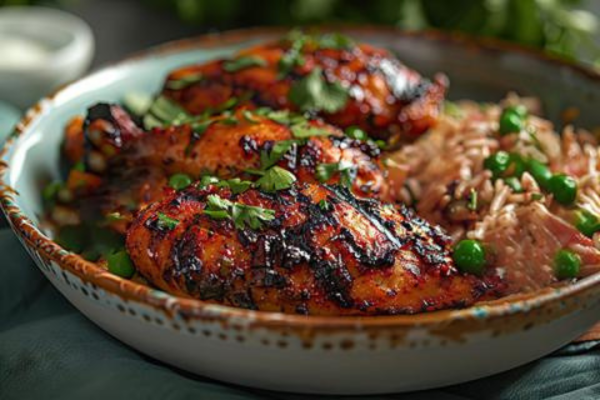
Spicy and sweet jerk chicken is a delicious dish with a meaningful history. In the 17th century, the British invaded Jamaica, then controlled by Spain. The Spanish fled, and previously enslaved people escaped to the mountains, forming independent communities. They met and shared cooking techniques with surviving Taínos, who shared their seasonings, resulting in jerk chicken.
Rice and Peas Serving Size: 1/2 cup
Jerk Chicken Serving Size: 4 oz
Ingredients
For the Jerk Chicken
- Two boneless, skinless chicken breasts
- 2 tbsp olive oil
- 2 tbsp Mrs. Dash Caribbean citrus seasoning blend
- One lime, juiced
For the Rice and Peas
- 1 cup long-grain white rice
- ¼ cup green peas (avoid kidney beans to limit potassium)
- 2 tbsp butter or margarine
- 2 cups low-sodium chicken broth
Directions
Jerk Chicken
- Rub the chicken breasts with the citrus seasoning blend.
- In a skillet, heat the olive oil over medium heat. Add the chicken breasts. Cook until browned on each side and fully cooked through.
- Drizzle with lime juice.
Rice and Peas
- Melt the butter or margarine in a pot. Add the rice and peas, stirring for a minute.
- Add the low-sodium chicken broth. Bring to a boil.
- Reduce heat, cover, and simmer until rice is cooked and all the liquid is absorbed.
- Plate the jerk chicken alongside a generous serving of rice and peas. You can drizzle more olive oil over the chicken or add a pat of butter to the rice for added calories.
5. Beef Picadillo
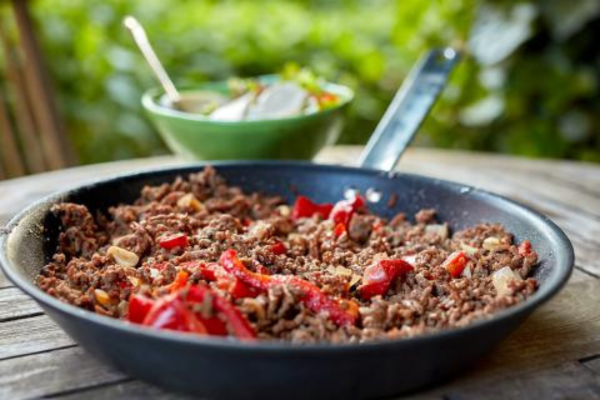
This hearty stew is thought to have originated in Spain and been brought to the Caribbean. Today, beef picadillo is an easily customized staple dish across Latin America.
Serving size: 1 cup
Ingredients
- 1 pound lean ground beef
- One medium onion, diced
- ½ cup diced red bell pepper
- ½ cup diced green bell pepper
- Two cloves garlic, minced
- 1 tbsp olive oil
- 1 tsp ground cumin
- 1 tsp dried oregano
- ½ tsp ground turmeric
- 1 tbsp apple cider vinegar
- Fresh ground black pepper to taste
- Fresh cilantro, chopped (for garnish)
Directions
- Heat the olive oil in a large skillet over medium heat.
- Sauté the onions, bell peppers, and garlic until softened.
- Add the lean ground beef, breaking it apart with a spoon, and cook until browned.
- Stir in the cumin, oregano, and turmeric, mixing thoroughly.
- Pour in the apple cider vinegar. Stir well.
- Reduce heat, cover, and simmer for about 20 minutes, stirring occasionally.
- Season with black pepper to taste and garnish with fresh cilantro before serving
NKF Nutrition Coach
Stay tuned for more cultural food series. Until then, find new kidney-friendly recipes and superfoods for your CKD diet.
Source
1“The Caribbean’s Blood Pressure Rates Rank Highest in the Americas.” Caribbean Public Health Agency, www.carpha.org/More/Media/Articles/ArticleID/467/The-Caribbeans-Blood-Pressure-Rates-Rank-Highest-in-the-Americas. Accessed 12 Aug. 2024.
